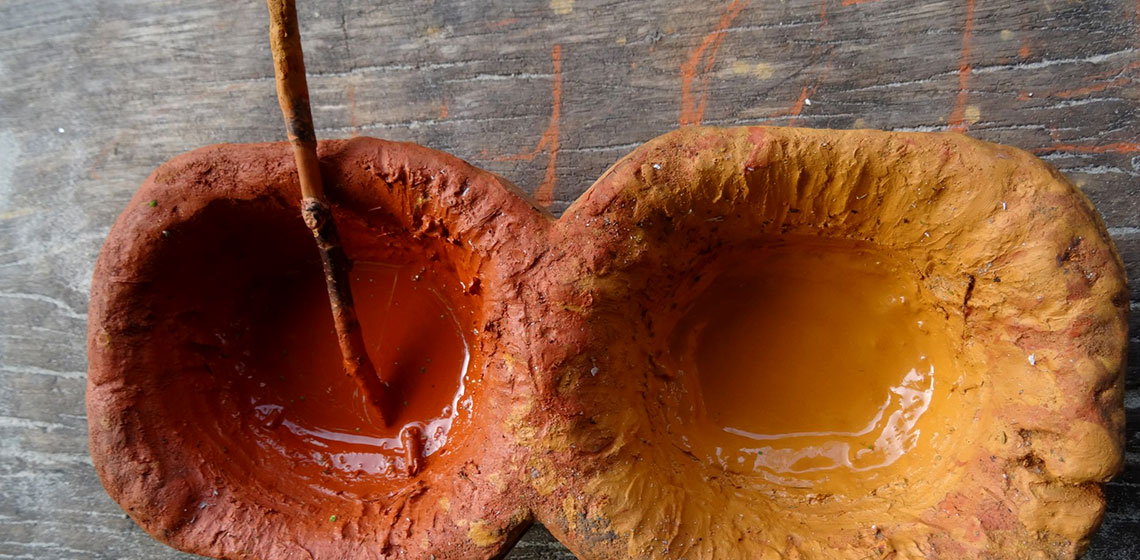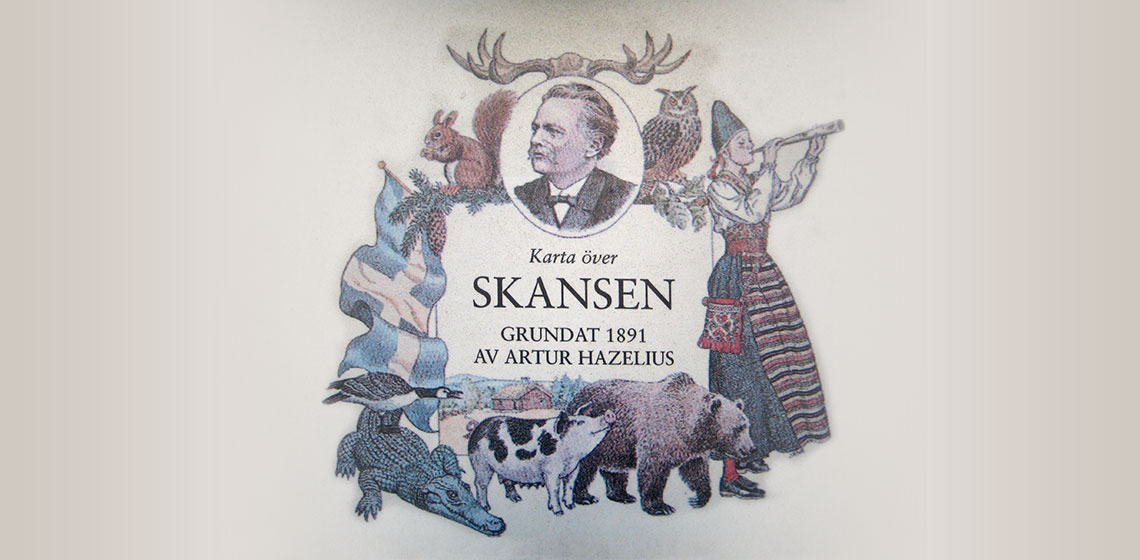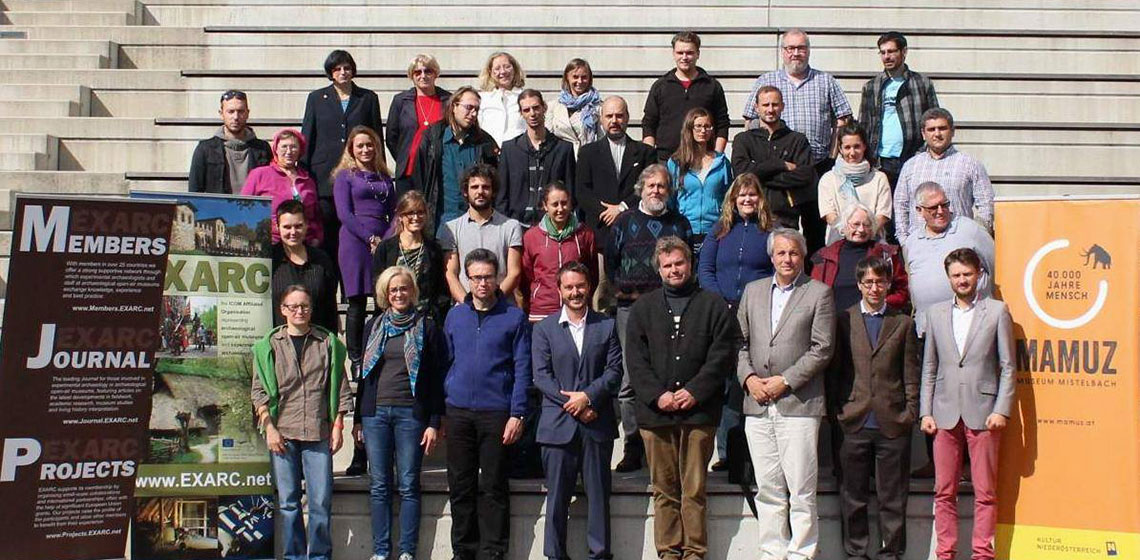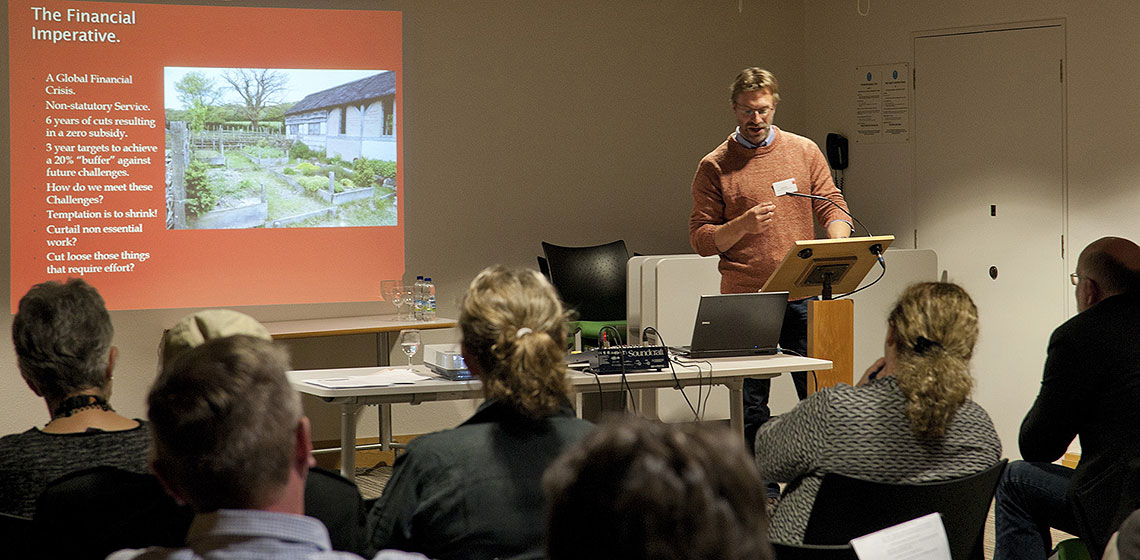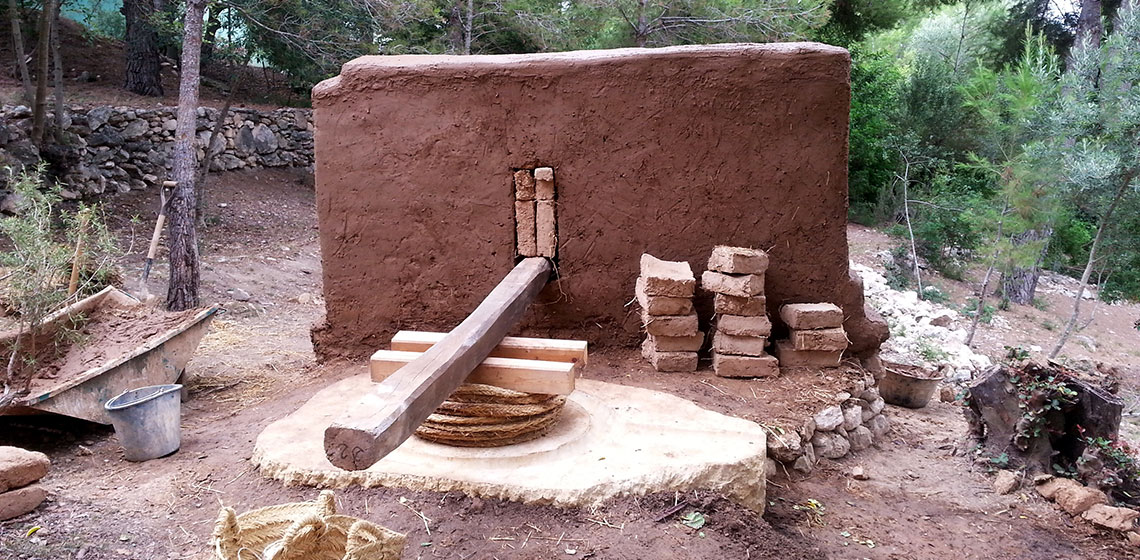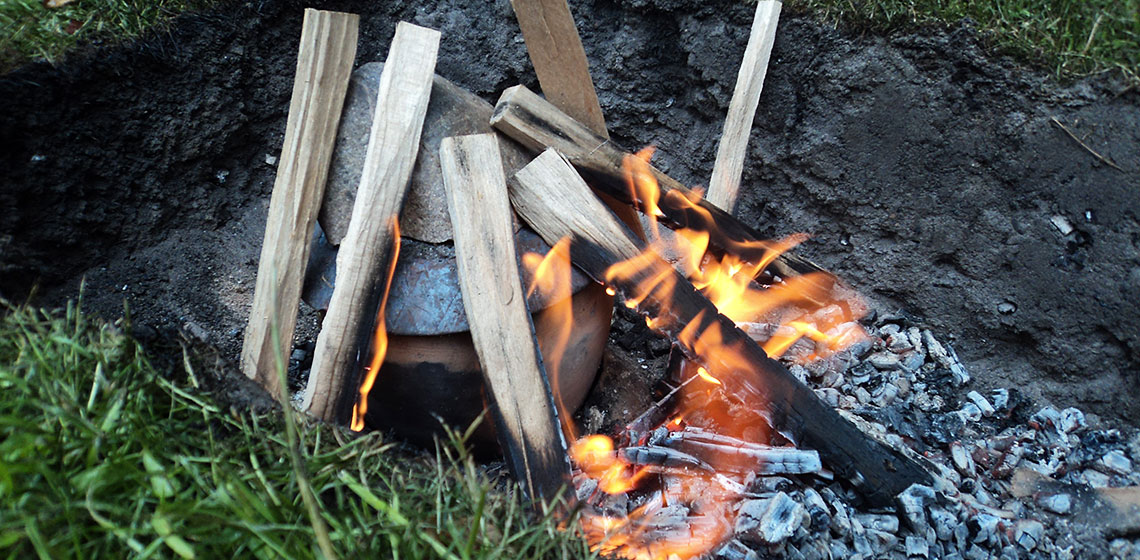Newest Era
Tangible and Intangible Knowledge: the Unique Contribution of Archaeological Open-Air Museums
Publication Date
OpenArch Special Digest 2015 Issue 2
***Over the years my personal research interests have focussed on the less tangible elements of the past, such as gender issues, perishable material culture, and the sensory worlds of the past, but all of these have been underpinned by a longstanding appreciation of the role experimental archaeology can play as...
***Over the years my personal research interests have focussed on the less tangible elements of the past, such as gender issues, perishable material culture, and the sensory worlds of the past, but all of these have been underpinned by a longstanding appreciation of the role experimental archaeology can play as...
Looking Back
Publication Date
OpenArch Special Digest 2015 Issue 2
***Over 25 years I have actively worked with knowledge dissemination and bringing history alive. From this experience I have concluded that it has been among the most fantastic developments since museums first started...
***Over 25 years I have actively worked with knowledge dissemination and bringing history alive. From this experience I have concluded that it has been among the most fantastic developments since museums first started...
Making Butser Ancient Farm More Accessible
Publication Date
At Butser Ancient Farm our aim is to help visitors understand more about life in Britain in the distant past. We are also determined to give all our visitors a good experience when they visit. To promote this for every visitor, we need to be aware of the needs of our visitors, whatever they may be...
Conference Review: Archaeological Reconstructions and Tourism, Mistelbach (AT)
Publication Date
EXARC and Urgeschichtemuseum MAMUZ Schloss Asparn/Zaya joined forces to organise an international conference from the 25th to 27th of September 2015, held in Mistelbach, near Vienna focusing on Archaeological Reconstructions and Tourism...
What Does Your Visitor Experience? Making the Most of Live Interpretation in a Unique Setting
Publication Date
OpenArch Special Digest 2015 Issue 2
***Archaeological Open-Air Museums (AOAM) offer a unique setting in which live interpretation can make history come truly alive. For many, or perhaps all, AOAM history is the product being sold to the public. During the five years the OpenArch project has run the partners have spent many hours discussing the...
***Archaeological Open-Air Museums (AOAM) offer a unique setting in which live interpretation can make history come truly alive. For many, or perhaps all, AOAM history is the product being sold to the public. During the five years the OpenArch project has run the partners have spent many hours discussing the...
Conference Review: Managing Archaeological Open-Air Museums: Current Issues, Future Trends
Publication Date
OpenArch: In late May 2015, St Fagans National History Museum in Wales organized a three day meeting in and around Cardiff for OpenArch. This is a European Culture Project with 11 partners that work to improve archaeological open-air museums. The first day of the meeting was a conference on issues and trends in archaeological open-air museums...
Making Wine like Iberians: a Learning Experience with the International Workcamp at La Ciutadella Ibèrica of Calafell
Publication Date
OpenArch Dialogue with Skills Issue
***The Youth Department of the Autonomous Government of Catalonia organises international summer workcamps in the region. Basically these workcamps consist of different projects where young people participate doing voluntary work as services to the local community, helping people, nature protection or practical work on historical heritage among others...
***The Youth Department of the Autonomous Government of Catalonia organises international summer workcamps in the region. Basically these workcamps consist of different projects where young people participate doing voluntary work as services to the local community, helping people, nature protection or practical work on historical heritage among others...
Museum Theatre in Greece: Perspectives in Site Interpretation
Publication Date
The paper summarizes preliminary findings of a research project on the use of museum theatre in Greek open-air sites, as a part of a PhD thesis. The research focuses on the exploration of the development, use and function of museum theatre in Greek open-air sites based on available secondary resources and primary research, which included site visits, interviews and data analysis...
Conference Review: 9th Experimental Archaeology Conference, Dublin 2015
Publication Date
EAC Conferences
***The ninth Experimental Archaeology Conference was held over 16-18 January 2015 at University College Dublin (Ireland). A large gathering of nearly 200 delegates from more than 25 countries across the EU and the Americas was hosted by UCD School of Archaeology and the Irish National Heritage Park. Twenty papers and 26 posters...
***The ninth Experimental Archaeology Conference was held over 16-18 January 2015 at University College Dublin (Ireland). A large gathering of nearly 200 delegates from more than 25 countries across the EU and the Americas was hosted by UCD School of Archaeology and the Irish National Heritage Park. Twenty papers and 26 posters...
Discussion: Experimental versus Experiential Archaeology
Publication Date
This is an extract from a lengthy and lively Facebook discussion in the Experimental Archaeology group, illustrating the main points as it took place between 16 August 2014 and 22 August 2014. The full discussion can be found at: www.facebook.com/groups/experimentalarchaeology

